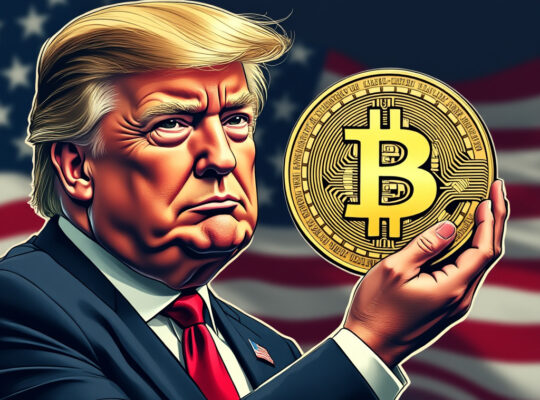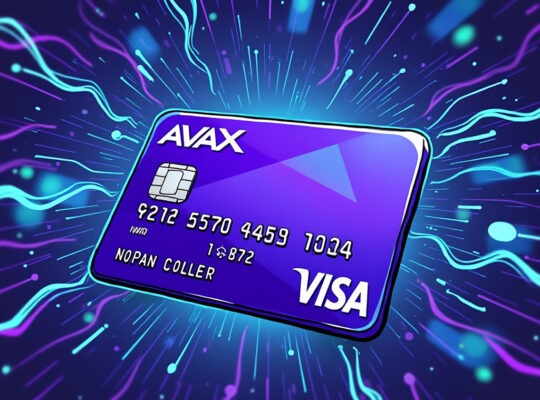In a significant stride towards integrating traditional finance with blockchain technology, Visa has unveiled its “Visa Tokenized Asset Platform” (VTAP). This development marks Visa’s continued exploration into the realm of digital assets, aiming to bridge the gap between fiat currencies and blockchain-based transactions.
Platform Overview:
The VTAP is designed to assist financial institutions in issuing and managing fiat-backed tokens, essentially stablecoins that are pegged to government-issued currencies. This platform allows for the creation of these tokens on public blockchains, with an initial focus on Ethereum. The move is part of Visa’s broader strategy to facilitate the exchange of real-world assets through blockchain technology, potentially revolutionizing how transactions occur in both digital and traditional finance sectors.
Why This Matters:
Institutional Adoption: The introduction of VTAP could accelerate the adoption of blockchain technologies by traditional financial institutions. By simplifying the process of token creation and management, Visa is making blockchain more accessible to banks and other financial bodies.
Stablecoin Expansion: Stablecoins, due to their stability compared to volatile cryptocurrencies like Bitcoin, have been gaining traction for everyday transactions. Visa’s platform could expand the use of these digital currencies for payments, potentially reducing reliance on traditional banking systems for certain transactions.
Future of Finance: Visa’s initiative could be a stepping stone towards a future where digital assets play a central role in financial ecosystems. This includes not just payments but also in areas like asset tokenization, where real estate, art, or commodities could be traded as tokens on blockchain networks.
Pilot Projects and Rollout:
Visa has already started engaging with financial giants for pilot projects. For instance, BBVA, a Spanish multinational commercial bank, is set to use VTAP to issue a bank token on Ethereum, signaling a live pilot by 2025. This collaboration not only validates Visa’s platform but also hints at the global interest in tokenized assets.
Challenges and Considerations:
While the VTAP represents a forward step, it also brings up several considerations:
Regulation: The regulatory environment for digital assets remains complex and varies by jurisdiction. Visa’s involvement might push for clearer regulatory frameworks but could also face hurdles in regions where digital currencies face stringent controls.
Security and Trust: The trust in digital assets for widespread use depends heavily on security. Visa’s reputation and technology could enhance trust, but the blockchain’s inherent security features will be under scrutiny more than ever.
Adoption Rate: The real test will be the adoption rate by consumers and businesses. While institutional interest is high, the everyday use of tokenized assets depends on user acceptance and integration into daily financial activities.
Visa’s venture into tokenized assets through VTAP not only signifies a strategic move towards embracing blockchain technology but also potentially sets a benchmark for other payment giants to follow suit. As we move towards a more digital financial future, such developments by major financial players like Visa could be pivotal in reshaping how we perceive and handle money.












